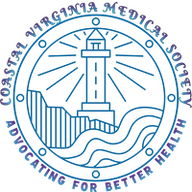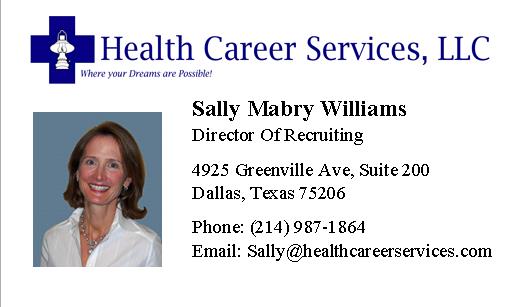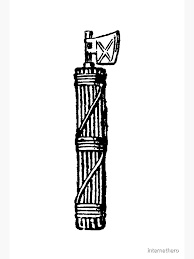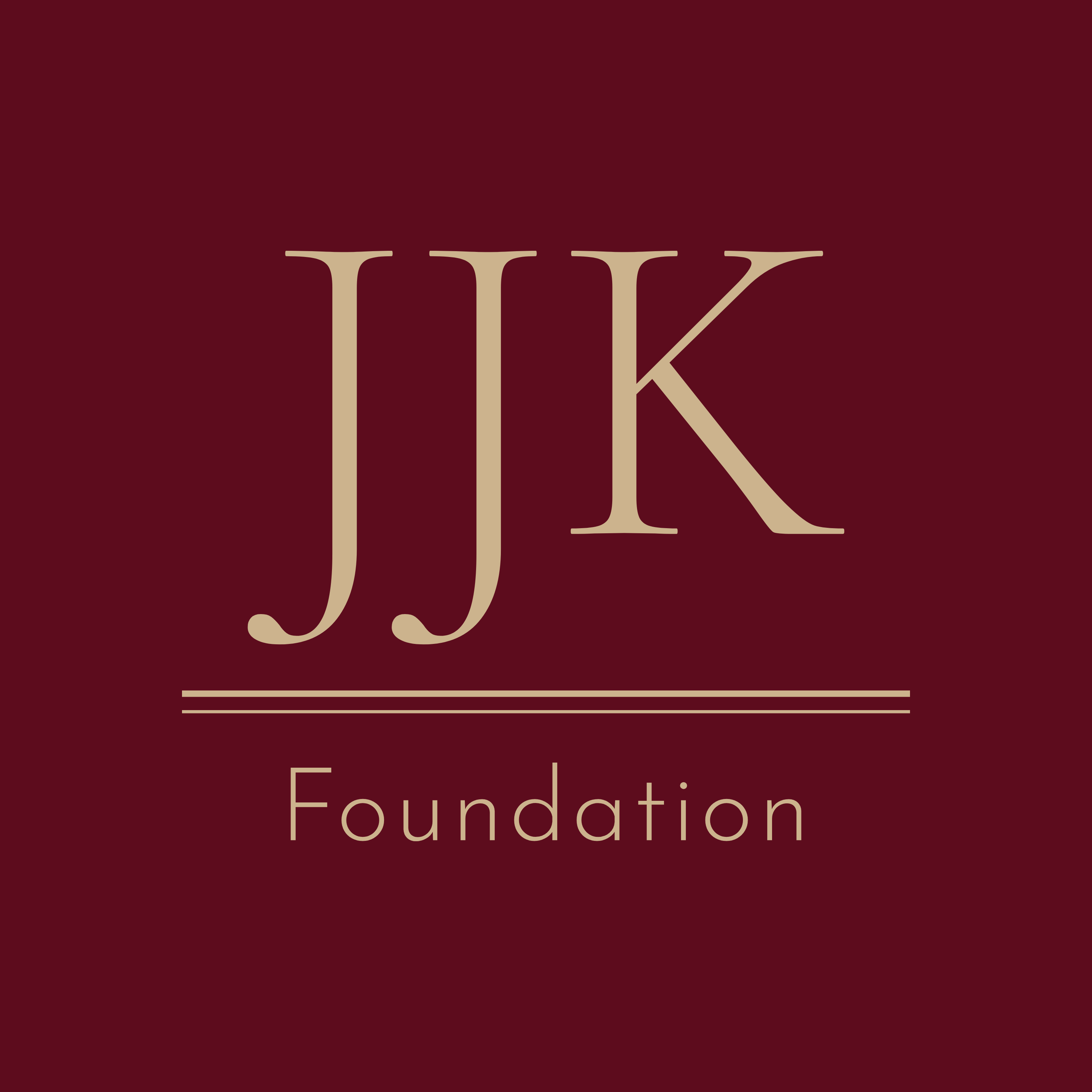And Surgeons
CVMS Position Paper:
Certificate of Need Laws in Virginia

In Virginia, like in many other states in the US, there is a Certificate of Public Need (COPN) mandate that limits the number of hospital beds and outpatient testing and treatment facilities that can be added without state approval. This means that hospitals and other healthcare facilities must obtain a Certificate of Public Need from the Virginia Department of Health before they can expand their number of beds. While the goal of the mandate was originally to control healthcare costs and improve the quality of care, it has done neither. It has had unintended consequences that continue to negatively affect both patients and healthcare providers.
Consequences
One of the most significant consequences of the COPN mandate is that it limits access to hospital beds for patients. By restricting the number of beds that hospitals can have, patients have to wait longer for admission, or they may not be able to receive the care they need at all. In some cases, patients may have to travel to other hospitals or even other states to receive the care they need, which can be costly and inconvenient. Evidence of this can be easily seen by looking at a typical community hospital in Virginia Beach. In the Emergency Room at Sentara Virginia Beach General Hospital, the number of patients who have been seen, admitted and who are waiting for a hospital bed for more than 12 hours is typically around 20, sometimes up to 90 per day. The time delay between admission and getting a bed is frequently between 24 to 72 hours. ER nurses cannot keep up with taking care of the new patients coming in and all of the patients who are waiting for hospital beds as well. Patients who are acutely ill are sitting in the waiting room, laying in hallway beds, poorly attended. This has been blamed on the COVID-19 pandemic, but even more recently, when COVID cases were minimal, this was still happening. Frequently, patients who need hospital care who are waiting too long end up signing out AMA (Against Medical Advice), not getting the care they need. In some cases, patients may have to travel or be transported by medical transport to other hospitals or even other states to receive the care that they need. This can prove a financial burden, be unnecessarily disruptive and inconvenient to the patient. Often, such patient manipulation is counter to the benefits provided by the power of the standard of care.
ER doctors and nurses are doing the best they can under the circumstances, but they are overwhelmed. This system leads to burnout, which we know even further results in deterioration of medical care of our patients who are the most ill.
Another consequence of the COPN mandate is that it limits competition among healthcare providers and raises the cost of healthcare. Because hospitals must obtain state approval before they can expand or add beds, it can be difficult for new hospital providers and independent clinics to enter the market. Thus, there are few alternatives to just going to the big hospitals for all procedures, tests, treatments, etc. This lack of competition leads to higher healthcare costs for patients, as larger health care system providers have less incentive to keep their prices competitive. They can charge whatever they want because there is nowhere else for patients to go. COPN laws have blocked the development of alternatives including outpatient facilities, testing and procedural clinics, hospice houses, infusion centers, and other independent healthcare providers.
The COPN mandate also affects healthcare providers in other ways. For example, hospitals that want to expand or add beds must go through a lengthy and costly approval process that can take months or even years. This process can be discouraging for hospitals that want to provide more care to patients but cannot do so due to regulatory hurdles.
In addition, the COPN mandate can make it difficult for hospitals to adapt to changes in the healthcare market. For example, during the COVID-19 pandemic, hospitals in Virginia faced a sudden surge in patients and needed to increase their bed capacity quickly. However, the COPN mandate made it challenging for hospitals to do so, which may have led to worse outcomes for patients who had to be admitted to tents erected outside the hospitals.
What Are the Benefits of COPN Laws?
There are absolutely no benefits to the public. They have been proven to result in higher costs, reduced access to care, and decreased quality of healthcare.
Why Haven’t They Been Removed Already?
Because they are beneficial to the business of medicine. They are more profitable for larger healthcare systems, whose primary goal is to maintain solvency for themselves. They will argue that their financial well-being is necessary for the health of the community. After all, we do need and want state-of-the-art medical facilities. However, we need a balance. There is nothing “state-of-the-art” about overcrowded emergency rooms. Patient care is second-class. Is that what you want for family?
In conclusion, while the Certificate of Need mandate in Virginia was originally intended to control healthcare costs and improve the quality of care, it has actually been shown to do exactly the opposite, and furthermore limits our ability to adapt to changes in the healthcare market. Policymakers should consider the potential negative consequences of the COPN mandate when making decisions about healthcare regulation in Virginia and other states. This has already been proven by multiple studies in at least 15 other states which have since dropped their COPN laws.
The Federal government had a similar mandate, but they got rid of it when they discovered that it did not save costs and that it impaired patient care. As mentioned, fifteen other states like New Hampshire and others have eliminated this law. CVMS and many other medical societies including Northern Virginia Medical Society and the Medical Society of Virginia continue to maintain that the mandate is harmful to patients and serves as a barrier to better health care. The notion that it saves money is just not true. It serves only to make the strong hospitals stronger and prevents smaller hospitals from expanding thereby eliminating competition and increasing healthcare monopolies. It causes marked overcrowding in Emergency Rooms and prevents timely admissions for patients who need it. It increases ER physician and nursing workloads and increases the risk of errors. We would like to extend a standing invitation for any of our state legislators to walk with us through one of our emergency rooms in the Tidewater area at any time, day or night, to see the conditions there caused directly by lack of adequate numbers of hospital beds.
CVMS Position:
We strongly oppose the ongoing presence of the COPN mandate in Virginia.
This paper was presented as a study request to the JCHC by Virginia State Delegate Karen Greenhalgh on September 20, 2023 along with the following remarks:
"2024 study request to evaluate removal of CON focused on two issues, the first to be patient care, particularly access to care and patient safety, and secondarily the effect on healthcare costs.
Delegate Karen Greenhalgh
Virginia’s Certificate of Public Need (COPN), sometimes referred to as CON (Certificate of Need), program was created in 1973 by a federal mandate. The mandate requires health care providers seeking to open or expand a health care facility to receive approval from a regulatory body to prove that a community needs the services the facility would deliver. Its original purpose was to control costs and increase access to care, but there is no evidence it has done either. The federal mandate was repealed in 1986, but Virginia’s program remains.
There is reason today to evaluate the impact of our CON Law.
According to the Healthcare Pricing Transparency Report issued by the Virginia Health Information (VHI) procedures are significantly less when performed outside of hospitals. As the report states, more people are paying for all or a greater share of their healthcare costs. There are many reasons for this such as greater enrollment in high deductible health plans or not having health insurance at all. How much you pay for a doctor's visit, medical test or surgery can depend on which doctor, hospital or other healthcare provider you choose.
Examples of procedures performed Hospital Outpatient to physician office:
Colonoscopy: $2,828 $1,209.
Bone Density scan – $612 $197
Back MRI – $1,947 $617
CT scan of head – $975 $287
Clearly services are cheaper in physician offices, yet CON restricts services and facilities from being offered to underserved communities. These restrictions are seen by many as restricting access to healthcare for Virginia’s most vulnerable patients. CON creates higher out of pockets costs for patients and care is delayed because they can’t shop for lower priced services.
Therefore, I am requesting a study to evaluate removal of CON focused on two issues, the first to be patient care, particularly access to care and patient safety, and secondarily the effect on healthcare costs".
[CVMS sincerely appreciates Del. Karen Greenhalgh's stand and support in this matter.-Ed.]
Your Comments
Please add your comments or suggestions on any past or future events in the box below.
Newsletter
Stay up to date on issues and news you need to know. The CVMS Bulletin is published monthly and will list concerns that local physicians have expressed about healthcare in Coastal Virginia and how we can make it better. We will provide potential solutions and let you know what is happening behind the scenes to help solve these problems. Membership is not currently required to receive the newsletter.
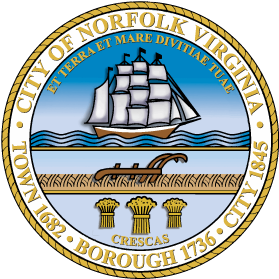

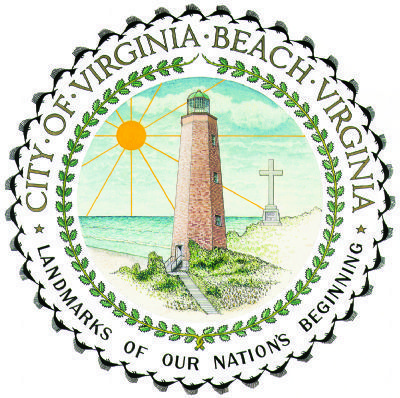
Recent Articles
-
CVMS Event Registration-Reply
Apr 20, 25 04:47 PM
CVMS Event Registration-Reply Form and Questionnaire -
Medical Recruitment
Apr 12, 25 08:27 AM
A place where medical employers can connect with applicants. -
CVMS Bulletin April 2025
Apr 09, 25 10:06 AM
The Coastal Virginia Medical Society offers information, education, advocacy and support for physicians in Virginia Beach, Chesapeake and Norfolk, VA.
Sign Up for the New CVMS Bulletin
Things You Need to Know
News Releases
from the
Virginia Beach Health Department
Norfolk Public Health Department
Chesapeake Health Department
The Roman Fasces was a symbol of strength and power occurring as a result of many binding together. It was made of multiple elm or birchwood rods about 5 feet long tied together and sometimes including an axe. It was carried by attendants to soldiers or powerful figures in ancient Rome. For us, it symbolizes that we are stronger and more powerful if we bind together in supporting our goals.
